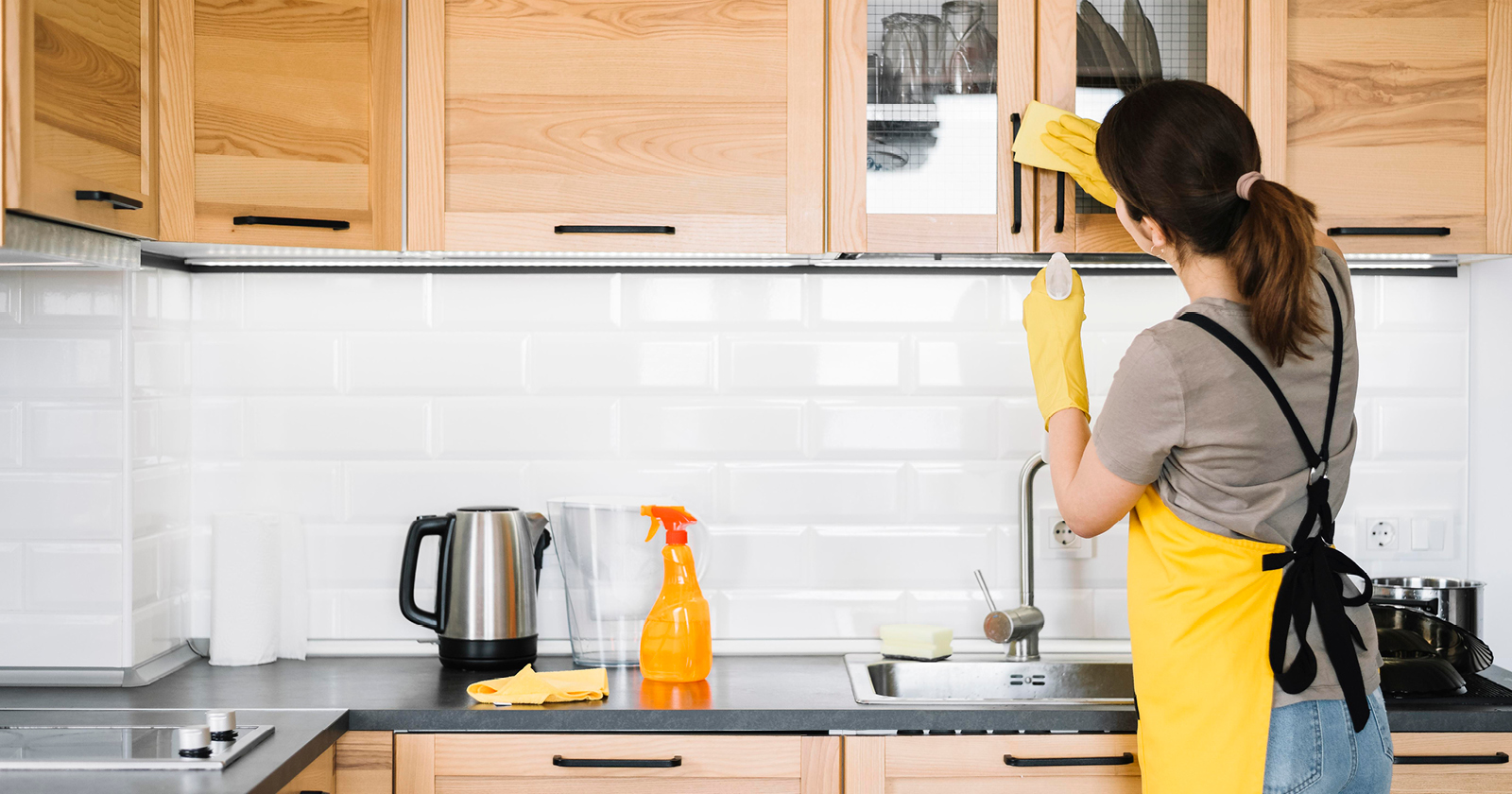Crowdsourcing for house buying has steadily gained in popularity in recent years. Also referred to as crowdfunding, it can be a great way to raise money for residential purchases. But is it the right strategy for you? Learn more about what’s involved in our guide.
What is crowdfunding for house buying?
Crowdfunding for house buying works the same way as crowdfunding for other major projects. Essentially, it involves soliciting a smaller amount of money from a larger number of people to cover expenses.
How does it work?
It depends on what you are trying to achieve. Are you trying to raise money to buy your own home? If so, online platforms such as HomeFundIt, Feather the Nest or even GoFundMe allow you to create a crowdfunding campaign and ask your friends, family and other supporters to donate money.
If, instead, you’re looking to pool your investment with others to purchase a residential property, you can utilize platforms like Fundrise, RealtyMogul and PeerStreet. Whichever platform you choose will depend in part on the types of investor you are and the type of co-investors you’re looking to attract. Some crowdfunding platforms only allow accredited investors (i.e. those with a certain net worth or yearly income) to participate; others have investment minimums.
How do I get started?
Before you decide to crowdfund for your home purchase, you should ask yourself the following questions:
What type of crowdsourcing am I interested in doing? Determine if you’re crowdsourcing for your own individual purchase or if you’re investing with other people on a property.
What are my goals? Which expenses are you looking to cover with your funding? Will you use the money for a down payment, closing costs or something else?
How much do I need to raise? Be realistic about your financial objectives before you ask donors to contribute, or before you invest in property buying with others.
Who is most likely to donate (or invest)? If you’re crowdfunding for your own home, are you looking to get donations from friends and family, strangers or both? If you’re investing in a larger property, what kinds of investors do you expect will be interested
What are the risks involved? What happens if you don’t raise enough money or if your home buying plans fall through? You should prepare for every possible outcome in advance, so that you’re not unpleasantly surprised if things don’t work out.
Next steps
Once you’ve answered these questions, you’re ready to move forward.
If you’re crowdfunding for an individual purchase, create an account with your chosen crowdfunding platform and set up your campaign. In most cases, you will be able to send people a unique link to your campaign, and some platforms might advertise it to the general public for you. Remember that it’s important to be transparent about what you’re asking for and what you will do with the funds you receive. Be sure to thank your donors for their support, too.
If you’re crowdfunding as a property investor, you’ll need to submit an investment application on your chosen funding platform. This process will vary from platform to platform, and each might have specific requirements. If your application is approved, you’re ready to start investing (again, platforms differ here; some require higher minimum investments than others).
While not without its risks, crowdsourcing for home buying has the potential to be very rewarding. As with any other real estate investing decision, careful research and planning will increase your chances of success.



